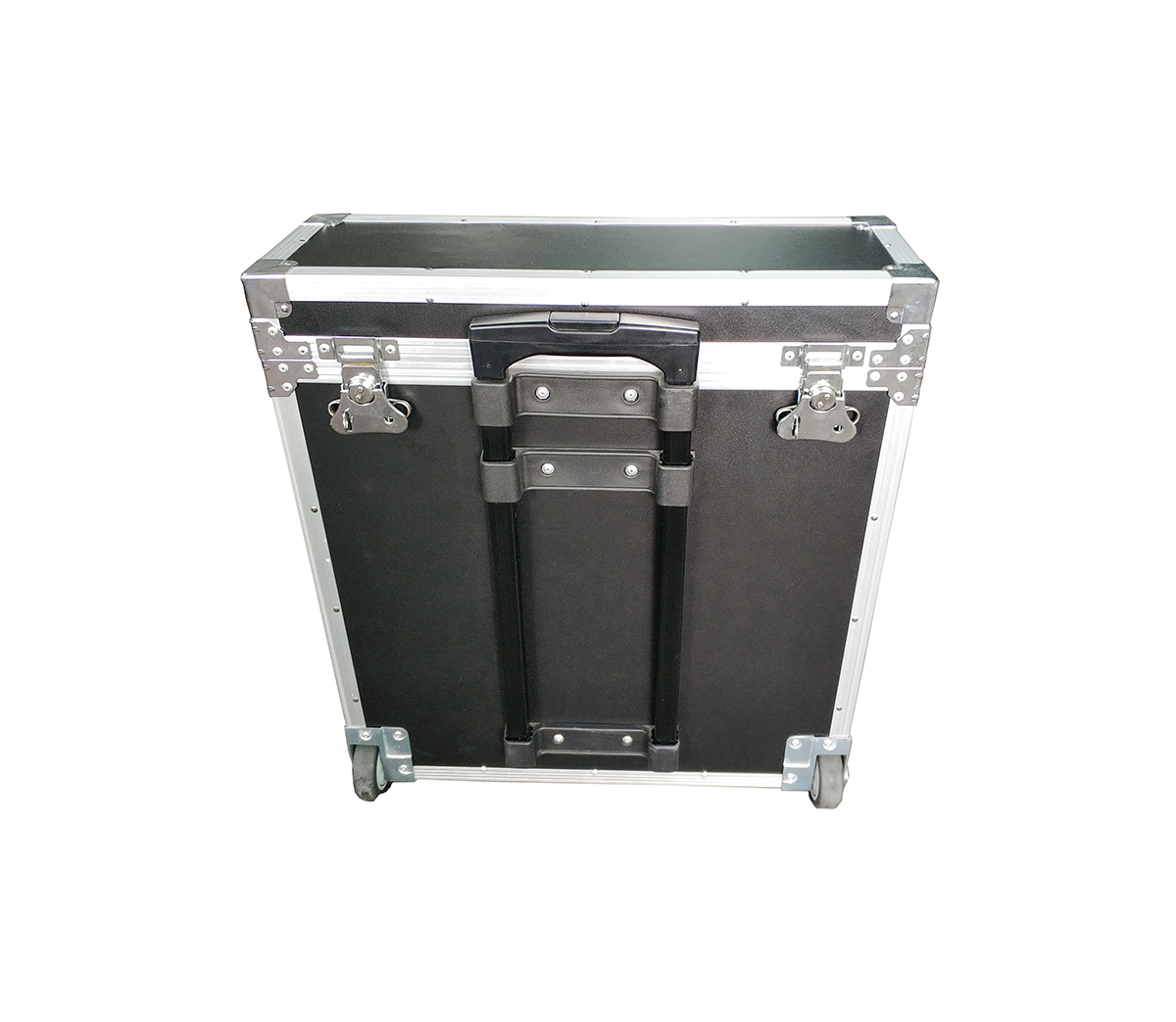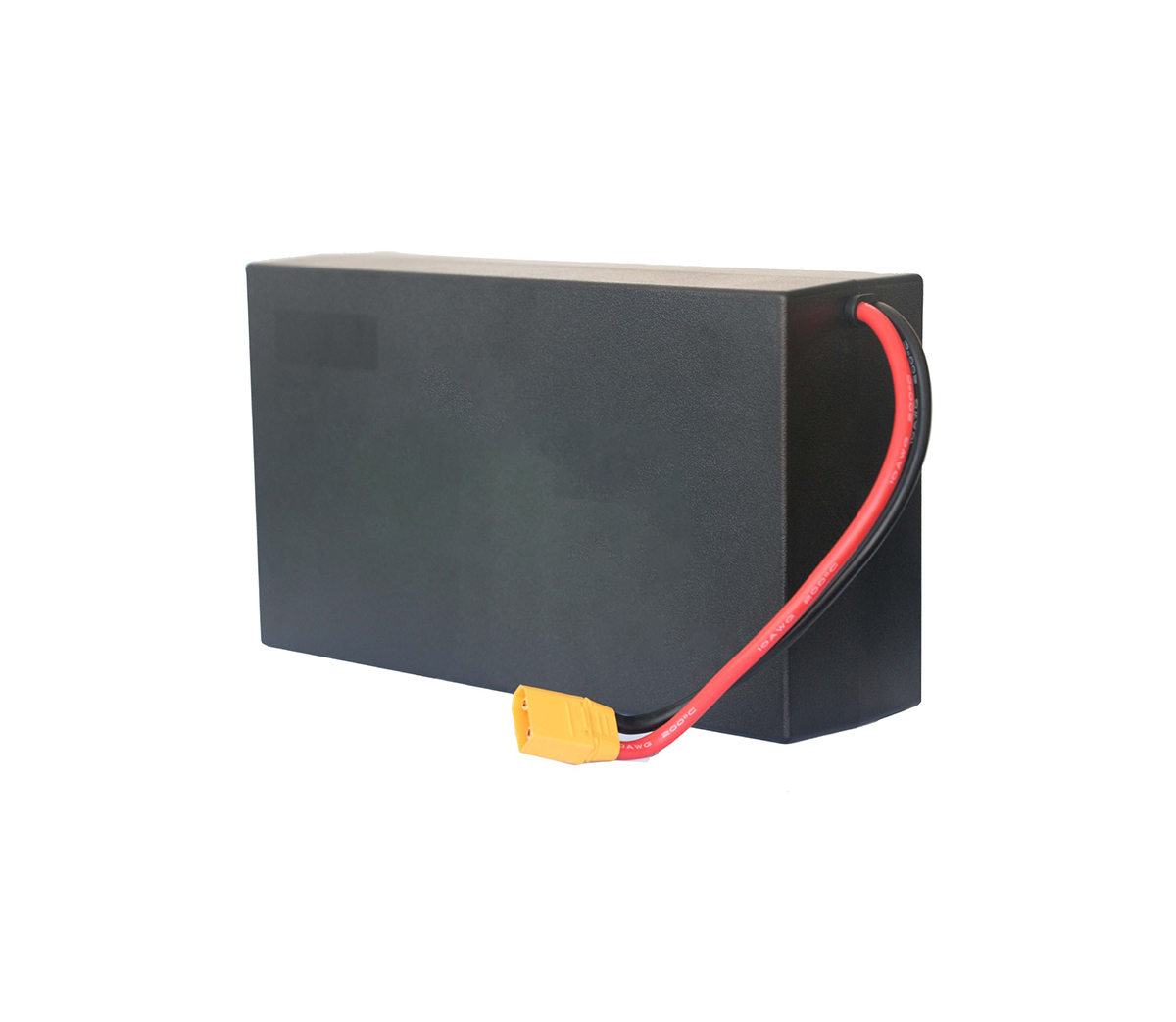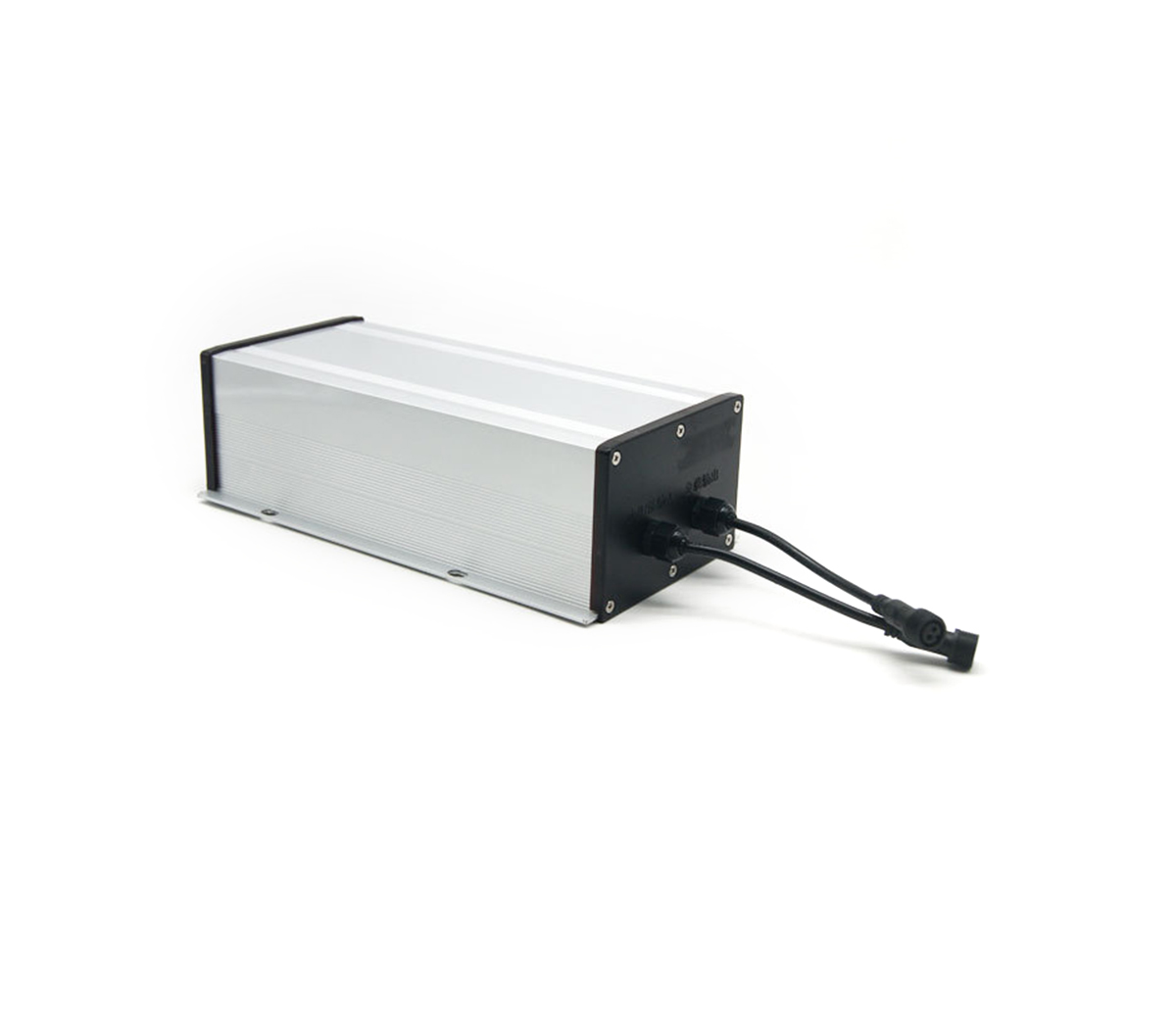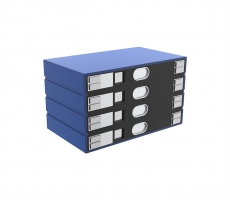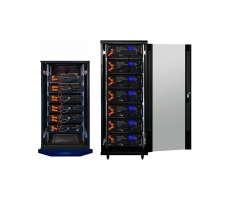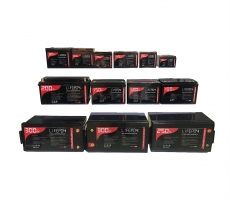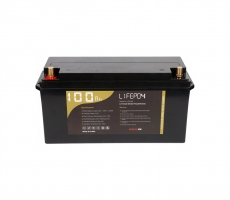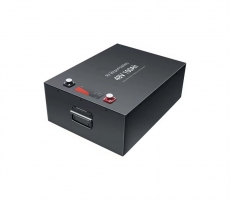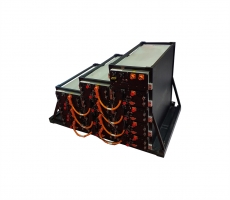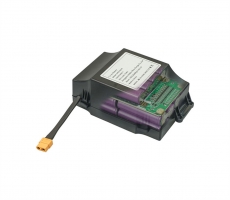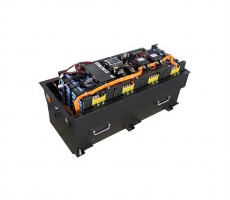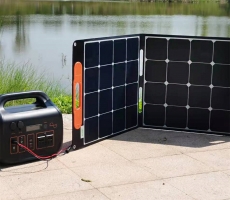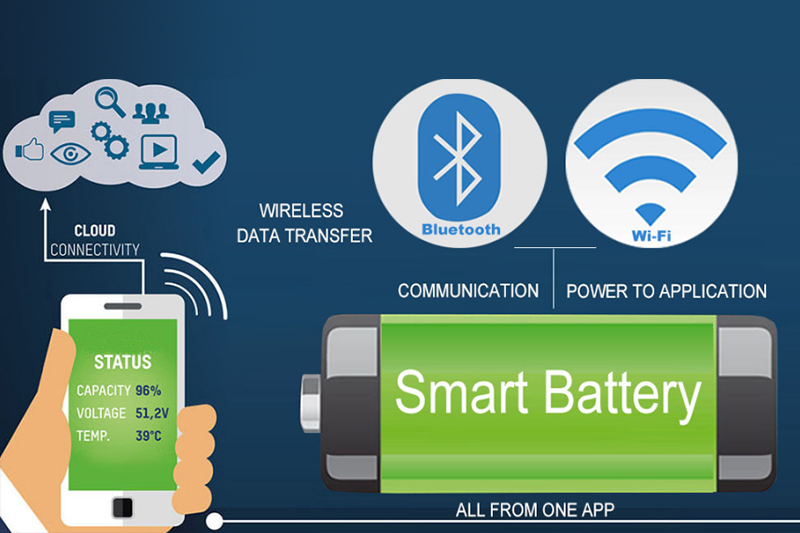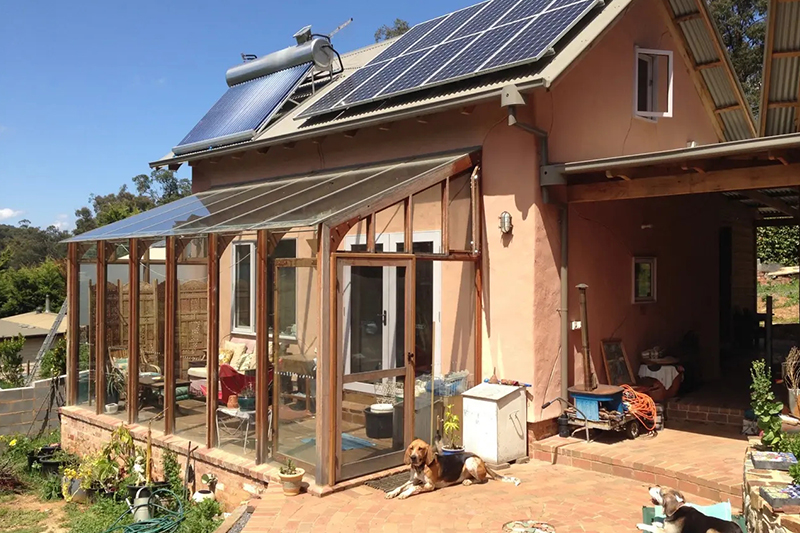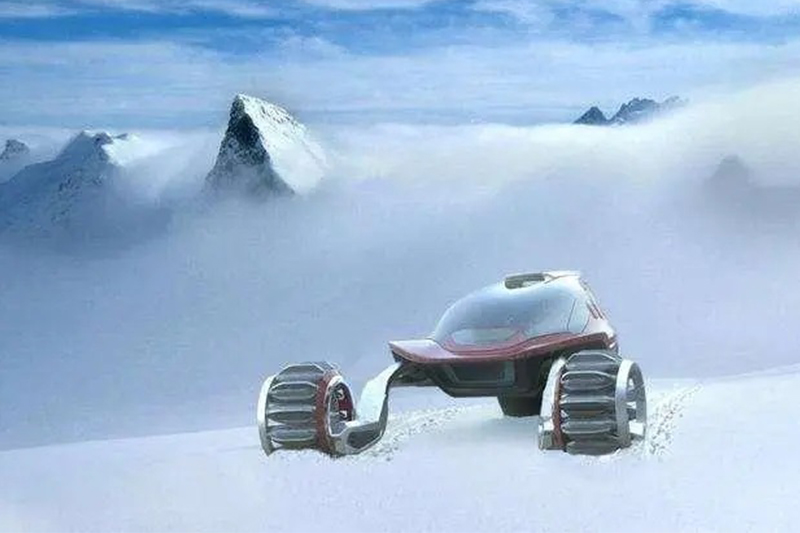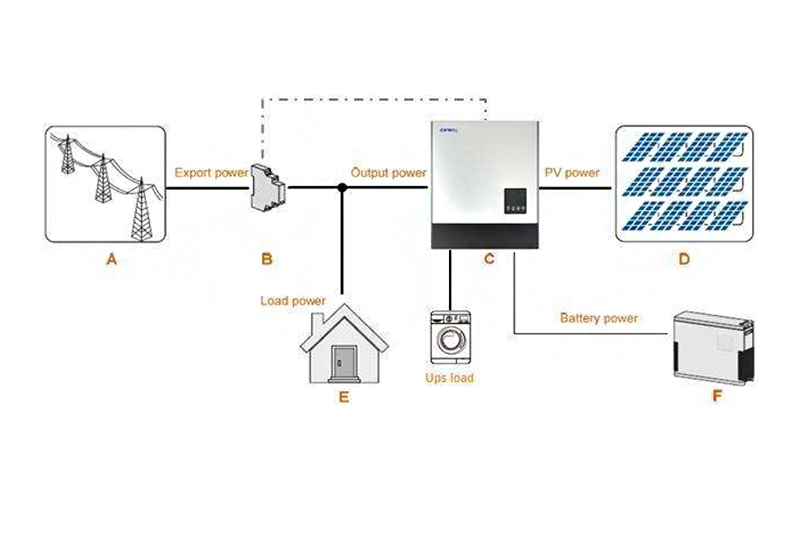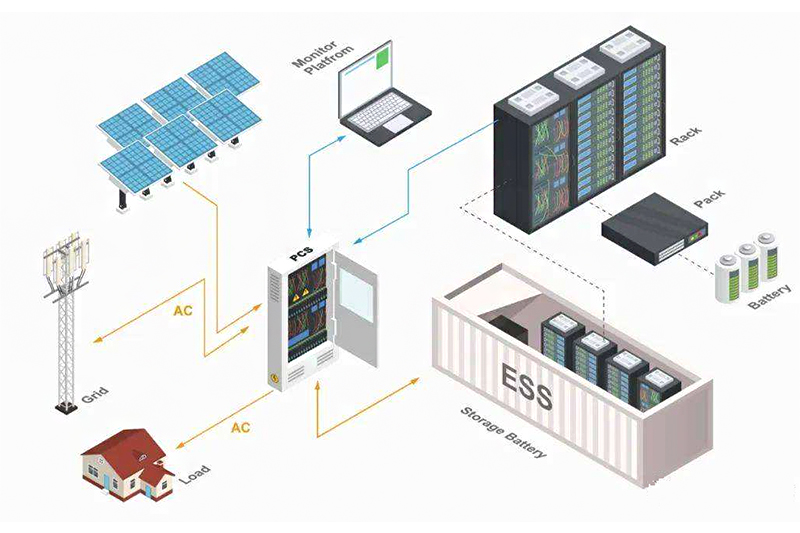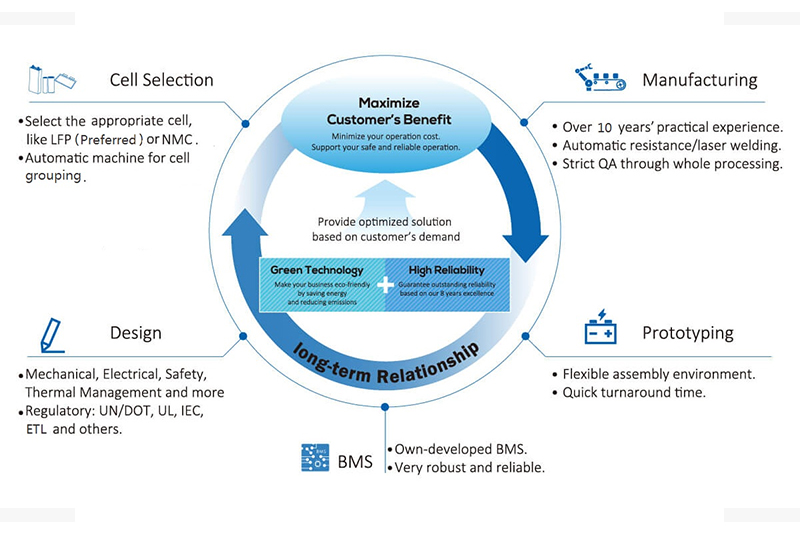The Chinese market may become a test field for Toyota's new electrification
technology
Toyota's pure electric models will be the first to be launched in the
Chinese market in 2020. In the future, the Chinese market will also become a
testing ground for Toyota's many new technologies.
With the introduction of new vehicles such as the eighth-generation Camry,
Guangfeng C-HR, and IZOA under the Toyota TNGA structure into the Chinese
market, the new characteristics of youthfulness, sportiness, and bias towards
manipulation have made Toyota exude a kind to the outside world. Radical posture
of a makeover.
But at the same time, the Japanese automaker still wants to uphold its
original pragmatic style.
Therefore, at the moment, Toyota has both "aggressive" and "reliable"
characteristics. They are reflected in the acceleration of product introduction
for the Chinese market demand and the steady and slow growth of sales.
At the product level, the eighth-generation Camry that was launched at the
Guangzhou Auto Show last year has made the outside world aware of Toyota's
changes through individual appearance and changes in many characteristics.
The two compact SUVs, Guangfeng C-HR and IZOA, released at the Beijing Auto
Show more clearly demonstrated Toyota’s determination to reform.
The prototype versions of these two brother models in overseas markets have
two powertrains of 1.2T and 2.0L. Toyota chose to first introduce 2.0L instead
of 1.2T to China, which makes the outside world curious and puzzling.
"This depends on the market demand and the comparison of competing
products. Toyota believes that it is time to do 2.0. In the future, depending on
the degree of market acceptance, other emissions will not be ruled out."
Executive Vice President of Toyota Motor (China) Investment Co., Ltd. Manager
Dong Changzheng said in an exclusive interview with Jiemian News.
At present, the Nissan Jinke and Tomoto XR-V/Hiromoto Binzhi, which are
considered to be positioned closer to Guangfeng C-HR and IZOA, all use 1.5L
naturally aspirated engines. Therefore, in terms of parameters, the 2.0L power
of Guangfeng C-HR and IZOA undoubtedly have more intuitive advantages.
On the other hand, this 2.0LDynamicForce engine is also used in the low-end
models of the eighth-generation Camry. This move of "using the B-class engine
for lower-size cars" is more likely to make Chinese consumers feel good.
From a technical analysis, C-HR and Yize pursue driving and handling. The
chassis, body, and powertrain of this car are all newly designed. "We took into
account what kind of engine it is equipped with to allow everyone to better
enjoy its handling and driving, especially the fun of driving. Taking into
account, we finally chose a 2.0L engine. In addition, this is a brand new 2.0L
engine, which can Reaching 40% thermal efficiency and 126 kilowatts of output
power, both fuel economy and power output can be very well guaranteed, which is
why the 2.0L naturally aspirated engine was chosen." Toyota Motor R&D Center
(China) ) Co., Ltd. general manager Kiyya Nakao told Jiemian Shimbun.
At a more macro level, Toyota regards the Chinese market as an important
market for launching electrified models. At the 2018 Beijing Auto Show, Toyota
fulfilled the plan proposed at the Beijing Auto Show two years ago-launching the
PHEV versions of Corolla and Ralink.
Thanks to the huge audience of these two cars, Toyota decided to build a
PHEV based on them. "Currently, the annual sales of Corolla and Ralink in China
can reach more than 500,000 vehicles in the Toyota system. Toyota has a
philosophy that no matter how good the technology we produce, we must be able to
popularize and be affordable to consumers. Affordable, so whether we are now in
terms of price or technological maturity, Corolla and Ralink as the basic models
developed by PHEV are more conducive to popularization." Toyota Motor
Corporation Chief Executive Officer, China General Manager Kobayashi Yihong told
Jiemian News.
It is worth mentioning that the research and development of these two
models will strengthen consultation and research with local parts suppliers and
partners in China, and strive to create products that are more suitable for the
market.
Toyota, which is pursuing "full electrification", has not bet on a single
type of vehicle.
Take Corolla/Ralink as an example, which has traditional gasoline vehicles
and hybrid electric HEVs, as well as PHEV models. "In the future, all models
will be like Corolla and Ralink. There will also be traditional gasoline
engines, hybrids, and electric vehicles, and FCV may be developed in the future.
This is what makes Toyota's electrification different from others." Dong
Changzheng said.
Toyota plans to introduce the first pure electric vehicle with the Toyota
LOGO to the Chinese market. In 2020, Toyota will launch a pure electric model
based on C-HR and Yize. Dong Changzheng mentioned: "Because these two cars are
products under the TNGA architecture, and TNGA can provide interfaces for the
introduction of various new technologies, this is the first reason for the
introduction of electric cars on these two cars. In addition, We believe that
these two cars will be welcomed by consumers and will be popularized faster. The
introduction of electric cars can follow this trend and achieve the goal of
popularizing electric cars."
The trend of electrification makes new energy vehicles a lucrative industry
right now. But in fact, its original intention is related to the environment. In
Toyota's "Environmental Challenge 2050" strategy, it is mentioned that the
carbon dioxide emissions of automobiles will be zero by 2050.
In order to achieve the above goals, Toyota has also tried to achieve this
goal indirectly by optimizing the way of travel in addition to changing fuel
types.









